By Alyce Collins
THIS SPORTS lover was hit by a car which led to SEVENTEEN surgeries to try and save her leg, which proved hopeless and it was eventually amputated following five months of horror.
Naomi Jefferies (30) from Te Awamutu, New Zealand, had finally found her dream job as a physiotherapist and spent her weekends hiking and doing water sports, until a distracted driver knocked her over in September 2017, changing her life forever.
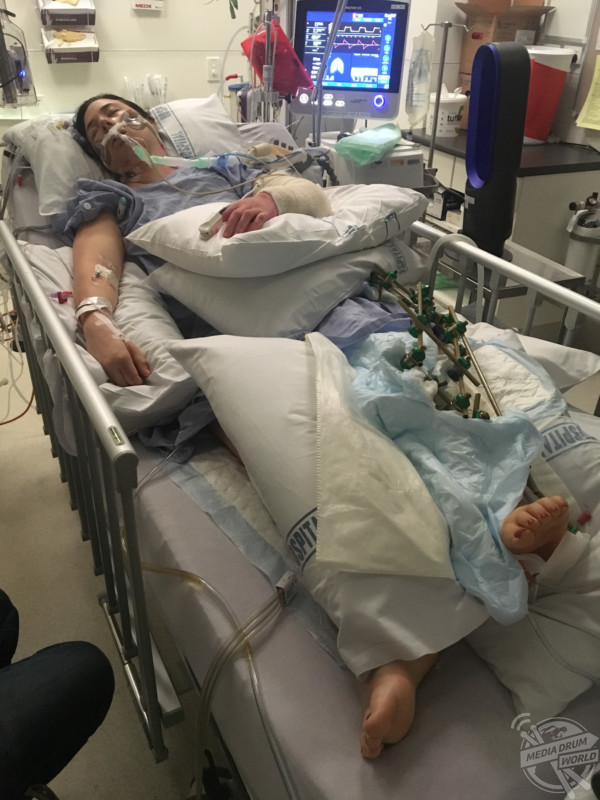
Naomi suffered a shattered tibia and fibula, dislocated knee, a shattered femur, broken vertebrae, a collapsed lung, broken foot and a ruptured anterior cruciate ligament (ACL) in both knees, among many other injuries.
For the following 10 days, Naomi was in a coma and the back of her leg had been de-gloved, meaning the skin and fat was stripped off to leave only the muscle, before a skin graft was done to replace the area of skin.
Naomi spent three months in hospital as she underwent 17 surgeries to fix her injuries, but within weeks of returning home she contracted an infection in her wounded ankle which landed her back in hospital as they attempted to wash out the infection.
A month later, after the infection had eaten through the many tendon and nerve grafts which were carried out in the previous months, doctors were forced to remove the metal rods they had put in place to try and fix Naomi’s leg. After months of complications, Naomi decided to have her leg amputated to finally be able to move on from the accident.
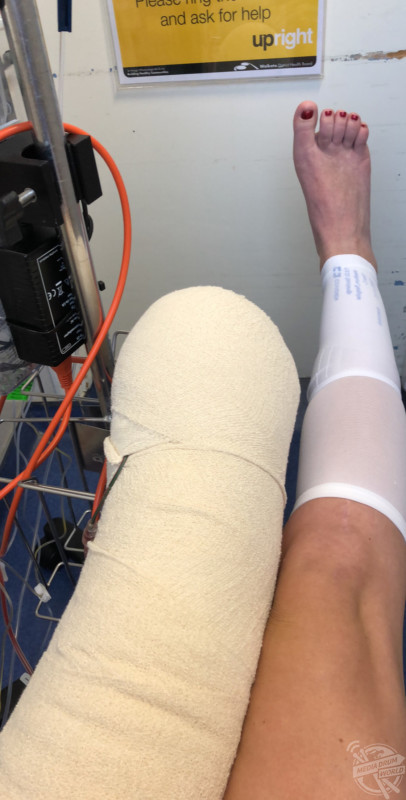
Naomi mourned her independence and feared that she would never reach the fitness she had maintained for so long. Her left leg was amputated below the knee in February 2018, and she has since found herself back in the gym where people often refer to her as their ‘inspiration’.
“At 28 years old, I was finally working in my dream job as a physiotherapist and I was fit, healthy and happy,” said Naomi.
“My weekends consisted of hiking, water sports and other outdoor activities. One night I was returning home from the gym and was standing on the side of the road outside my house when a distracted driver drove off the road and hit me.
“I don’t remember any of it, but I was told I was thrown seven metres down the road. I was very badly injured and luckily the people who witnessed the accident called an ambulance immediately and I was transported to hospital relatively quickly.
“My left leg was a mess, I had a shattered tibia and fibula, a dislocated knee, ruptured ACL, MCL and torn meniscus, shattered femur and the back of my leg was de-gloved.
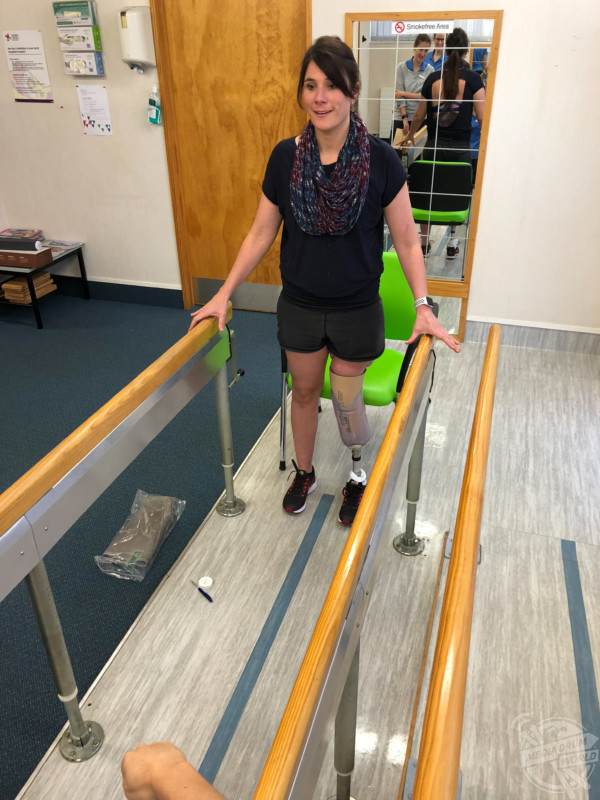
“De-gloved means the skin and fatty tissue on the back of my leg were stripped off, leaving only the muscle. To fix this they used skin grafts.
“My L3 and L4 vertebrae were both broken and I had multiple broken ribs and sternum which resulted in a flail chest and collapsed lung. My left humerus, ulna and shoulder blade were all shattered.
“The back of my leg has no fatty layer so it looks very thin and you can see the muscle move beneath it. They took skin from my upper thigh to make the skin grafts, so I also have scarring there now too.
“I spent 10 days in a coma and three weeks in ICU. It was three months before I could leave hospital – in this time I had many surgeries as they tried to put me back together.
“Originally, they hoped to be able to fix my leg but, as it was a compound fracture, the bone had sliced through the tendons, arteries and nerves of my ankle. This made recovery much harder.
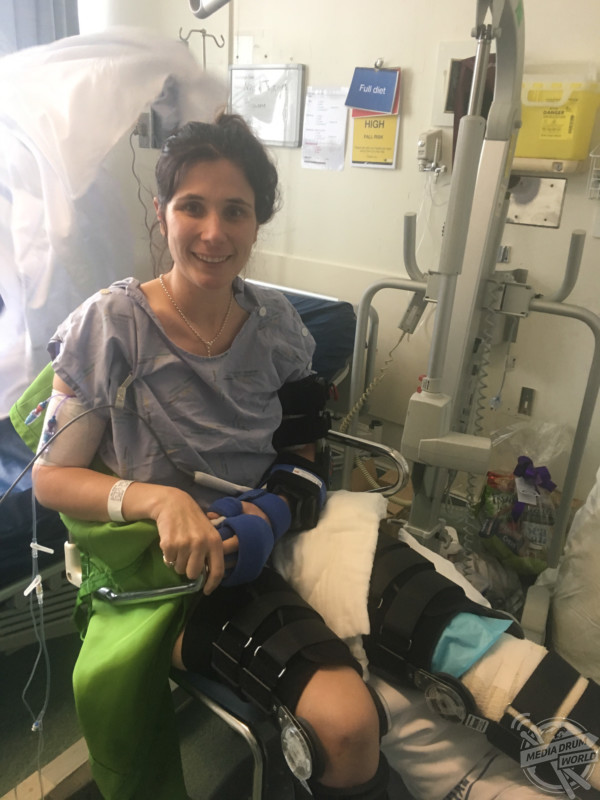
“My ankle surgeries didn’t start until a couple of weeks later due to the extensive swelling. My ankle had multiple surgeries to attempt to fix the nerves, tendon grafts, and rods to replace the broken bones.
“After my three months in hospital, but after being home for three weeks I got an infection and had to go back to hospital. After many washouts we concluded that the best course of action to allow me to live an active life was to amputate my left leg below the knee.”
Naomi endured months of surgeries and treatment to attempt to fix the injuries she sustained during the accident. Amputation was always a possibility but became more likely when problems kept occurring.
Although Naomi feared that an amputation would change her life dramatically, she was aware that the constant trouble of her leg was creating a heavy strain. However, Naomi has defied her fears and began working out her upper body just a few weeks after her amputation.
“Amputation was a difficult decision to make but at the same time it was what made the most sense,” said Naomi.
“I was more afraid of keeping my dysfunctional leg which was going to hold me back for the rest of my life than I was about losing my leg.
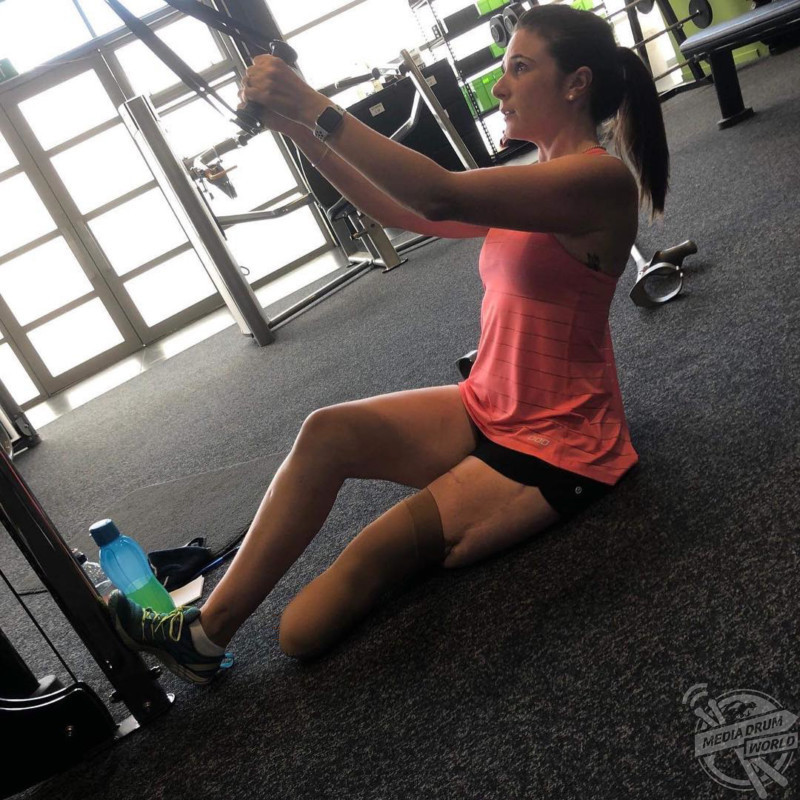
“Obviously it made a huge improvement physically and within a few weeks of my amputation I was feeling much healthier. Up until then I had been sleeping most of the day.
“I was also able to move around a lot more after and began to get some of my independence back. Mentally it was also a huge improvement because prior to my amputation I was very worried about the lack of function I would have in my ankle.
“I started back at the gym a few weeks after my amputation. We just focused on upper body and core until I was ready to start doing lower body.
“I train with a friend who is a personal trainer as I require help loading the machines. After each surgery I have taken a bit of a break, but I try to get back as quickly as I can as I find it makes a huge difference to both my mental health and my physical ability to get around.
“People often seem surprised to see me at the gym and I get a lot of people telling me I’m an ‘inspiration’ to them for not using my amputation as an excuse. This is always strange to hear as I don’t feel like I’m doing anything special. I’m just trying to move forward with my life.
“I still mourn the activity levels I used to have. I used to be so fit and spent most of my free time being outdoors. I miss being able to go for a run to clear my head, or wake boarding after work or hiking with my friends.
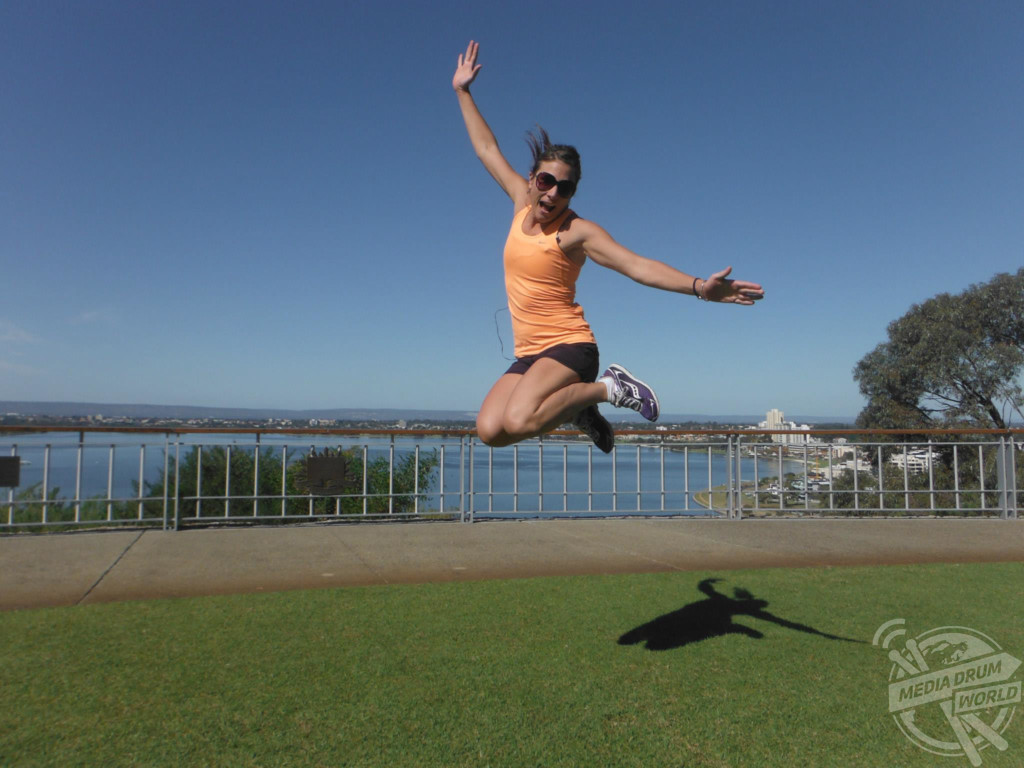
“I guess one thing I’ve learned through this experience is that no matter how bad things are, they could always be worse. I’ve found that there’s no point wishing for things to be different or being angry about the way things are.
“As hard as it is, you just have to accept the hand you’re dealt and try to live the best life you can.
“It’s important to allow yourself to mourn the way things were and have down days and not to feel guilty about it. This allows you to be strong and move forward as best you can.”
You can see more of Naomi’s recovery by visiting @naomijefferies.






